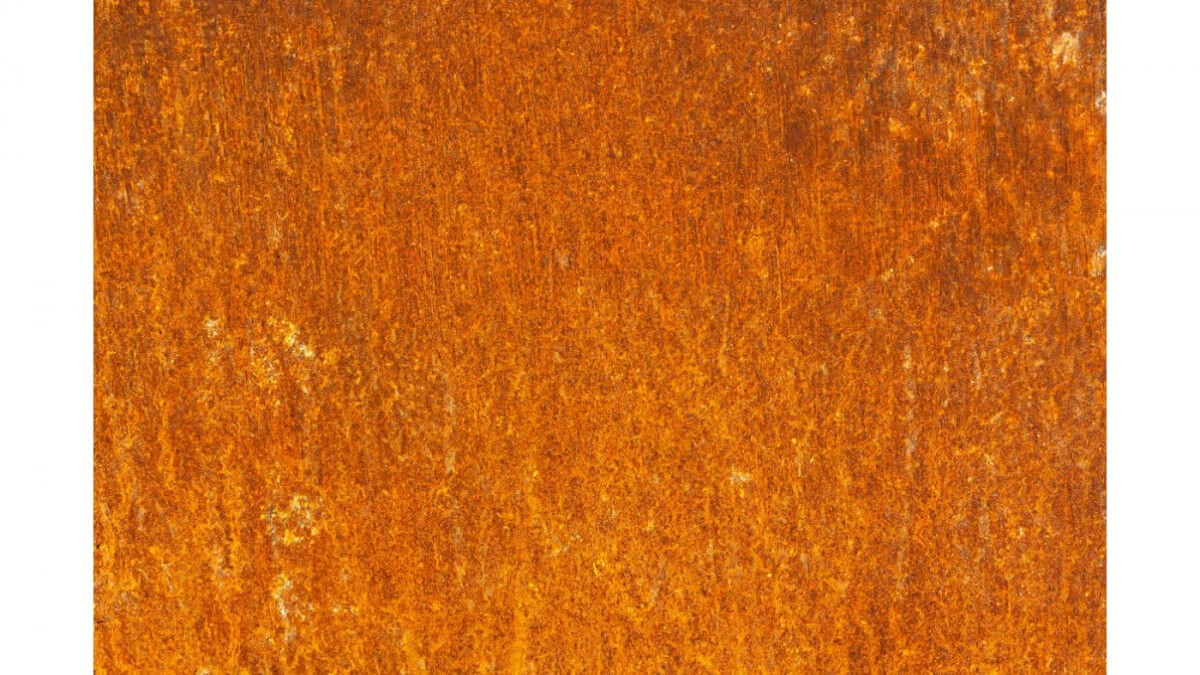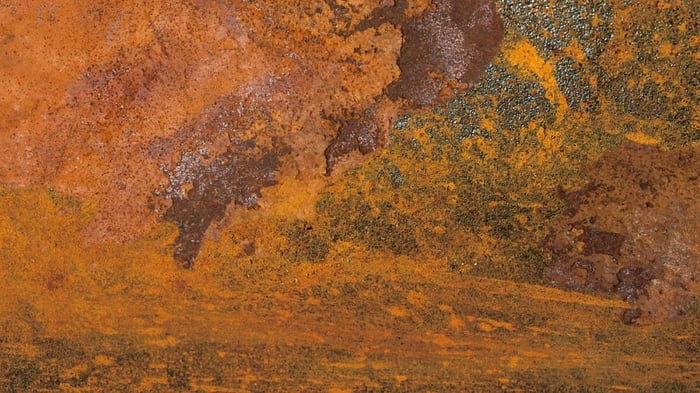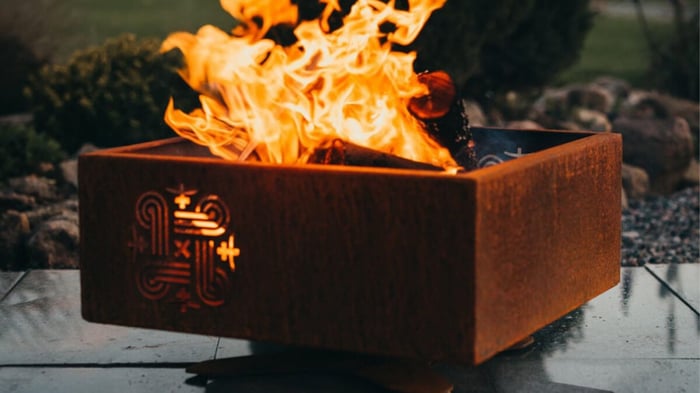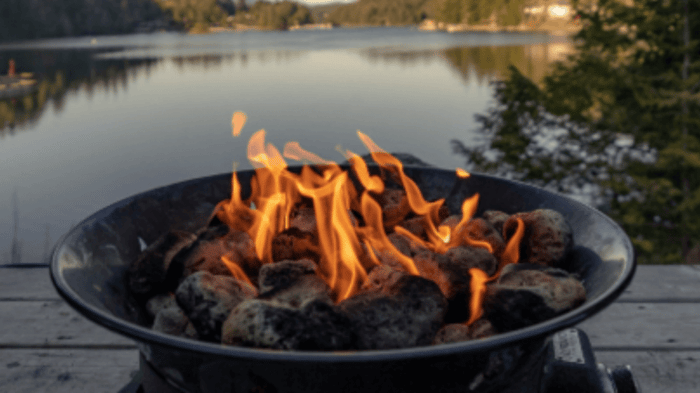How To Remove Rust From A Fire Pit
We know the issue – after a long cold winter, the weather is starting to turn, and the days are finally getting longer. You decide to get the old fire pit out and back in use.
Only the harsh weather, and its old age, are a perfect combination for rust!
However, this doesn’t mean you have to go out and buy a new fire pit. Removing the rust and restoring your fire pit to its glory days isn’t difficult.
Let us explain exactly what you can do to remove rust from a fire pit…
What Is Rust?
Our first step should be to get an idea of what rust is and why it’s something we want to get rid of (in most cases).
Rust is basically iron oxide. Iron oxide is formed when the iron is exposed to oxygen and water. It is not necessarily a quick process, though the speed of the oxidisation of the metal can be increased
by:
-
Changes in temperature
-
Humidity
-
The high salt content in the air (living near the sea)
-
If it is particularly rainy where you live
Rust can cause real havoc if left untreated and even create holes in your fire pit, rendering it unsafe and useless.
What Are The Different Types of Rust?
There are actually four different types of rust that we need to be aware of. The differences may not be instantly apparent to the untrained eye, but knowing which type of rust you are dealing with is important for knowing how to fix it.
Stable Rust: Stable rust is usually good and is used intentionally to protect the metal from further corrosion. You will see this in industrial design, an increasingly sought-after aesthetic. If your fire pit is made from corten steel, for example, then the rust layer on it will be stable rust and should be kept. We have a great article on corten steel fire pits; these are our go-to metal for wood-burning fire pits.
Flash Rust usually happens in a specific spot exposed to water for an extended period, like a small pool of water in the bottom of your fire pit. It is usually bright orange and can form quickly if you’re not careful.
Flaking Rust is often found in the joins where the coat of paint doesn’t quite cover fully. It is most easily recognisable because it takes up more volume than the original metal underneath.
Pitting Rust usually forms because of trapped moisture and is often seen on furniture or metal tools with cavity areas for moisture to enter.

Removing Rust From A Fire Pit
Now let’s get to the good stuff - how to remove the rust. There are two primary categories for removing rust:
1. Using a chemical-based removal product
2. Using natural methods
It is entirely your personal preference you would want to use, and we will cover both here.
Using Removal Products
When using removal products, it is important to take the time to prepare to keep yourself safe.
You should read the instructions provided with the product carefully for the exact guidance on how to use it, but here is a general overview:
-
You want to work in a well-ventilated area away from anything harmed by runoff. Outside is usually the ideal location.
-
Next, you’ll want to clean the fire pit with a soft scrub brush and water. You could also use some steel wool (this might start to remove some of the rust on its own).
-
Using an old brush, apply the rust remover to the rusted areas. Remember, these chemical-based products are incredibly toxic, so please take care when applying.
-
Most products take 15-30 minutes to work, though some may need a second coat for particularly tough areas.
-
Wash off the removal product once the recommended time has passed.
Using Natural Methods
There are a lot of great suggestions for more natural methods of removing rust that does not rely on toxic chemicals.
Here are some of our favourite options that we’ve had the best results from in the past:
-
White vinegar: Vinegar is naturally very acidic. So acidic, in fact, that it will dissolve rust. You can pour the vinegar directly or apply it with a cloth to remove the rust. Washing the areas thoroughly afterwards is important, as any remaining vinegar could continue to corrode the metal.
-
Baking soda: Baking soda has many applications, and removing rust is another to add. Mix the baking soda with water to create a thick paste to stick to the rusted area. Leave the paste on for a few hours, then scrub it off with steel wool.
- Wire brush: A wire brush can physically remove rust from a surface. This method is effective for removing rust in small, hard-to-reach areas.
-
Lemon juice: Adding salt and lemon juice to your affected areas can work wonders. Remember not to leave lemon juice on there too long, as it will also cause more damage if not rinsed off properly.
-
Cola: That’s right, cola has a high acidic ph, too, because of its amount of phosphoric acid. It actually works a treat.
-
Potato: You might not believe it, but sprinkling some salt on the rust and then rubbing it with a potato is also a great way to remove rust. You may look eccentric, but the oxalic acid in the potato will do a great job of dissolving that rust!
-
Sandpaper can also remove rust by sanding away the rust and exposing the metal underneath. This method works best on light rust and removes rust from small areas.
Rinsing and drying your firepit thoroughly after using these methods is really important.
Preventing Rust
To save you all the hassle of removing the rust next time, here are some quick tips on the best way to prevent rust from occurring in the first place:
-
Keep your fire pit under a cover
-
Keep it in a dry safe place over winter
-
Regular cleaning and thorough drying
- Add edible vegetable oil to seal and protect the metal surface
-
Keeping a close eye on it and looking for the start of any rust forming, treat this rust immediately
Restoring your fire pit and removing the rust doesn’t have to be an arduous task. The best thing you can do is to stay vigilant and tackle any signs of rust early to keep your fire pit in top shape for many years.
Subscribe to our email
If you found this blog useful, just enter your email address below to receive a monthly email for all our latest Fire Pit related blog posts. You can simply unsubscribe at any time.





